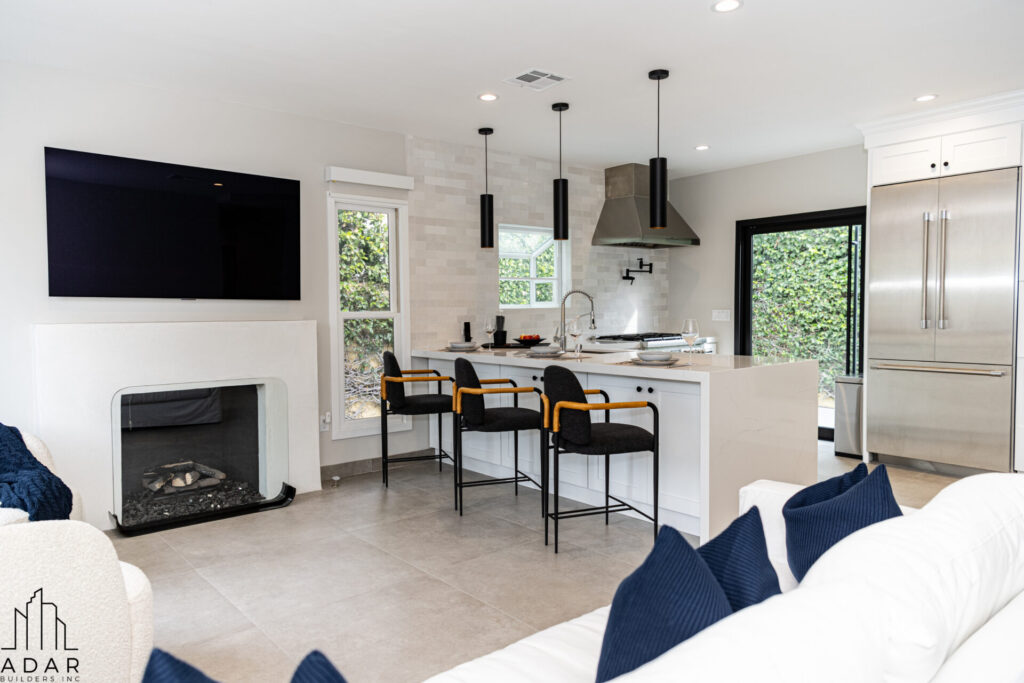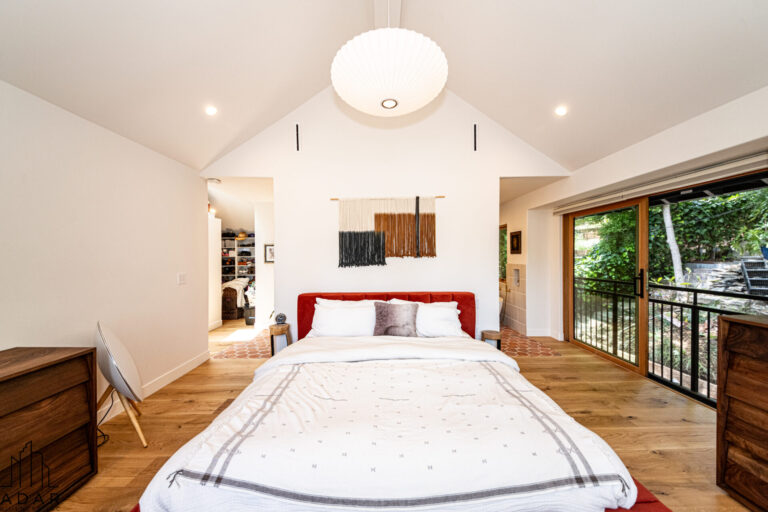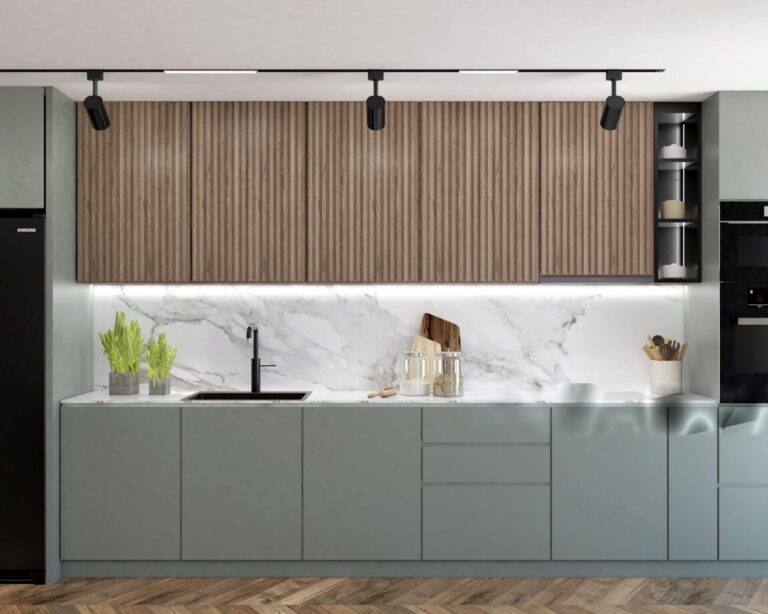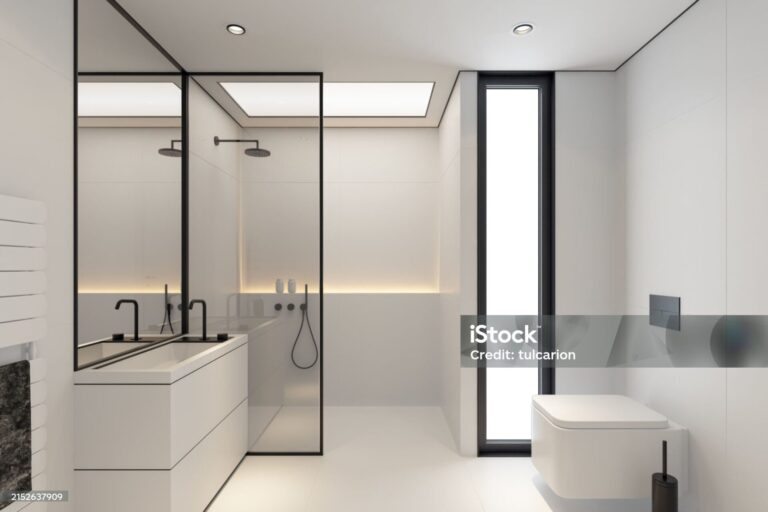What is Feng Shui?
Feng Shui, an ancient Chinese art, is increasingly popular in modern interior design. Meaning “wind and water,” Feng Shui focuses on creating balanced, harmonious spaces that positively impact mental and physical well-being. At its core, Feng Shui seeks to direct the flow of cosmic energy, or “chi,” to enhance the living or working environment.
Feng Shui’s Influence on Modern Architecture and Interior DesignFeng Shui’s impact on traditional Chinese architecture has also found its way into Western design, creating a blend of Eastern and Western aesthetics. For example, the placement of entrance doors to allow a smooth flow of energy has influenced modern home designs. Today, the principles of Feng Shui can be incorporated into various interior styles, including minimalist and eclectic designs.
Key Feng Shui Principles
Yin and Yang BalanceFeng Shui is rooted in the balance between contrasting yet complementary forces—Yin and Yang. In interior design, this principle applies to maintaining harmony between light and dark elements, soft and hard textures, or lively and tranquil spaces.
Chi: The Energy of LifeChi, the invisible force that moves through everything, is central to Feng Shui. Properly managing chi can influence the overall ambiance of a room. For instance, a well-organized and spacious entrance allows chi to enter freely, promoting positive energy throughout the home.
The Five Elements in Feng Shui
Feng Shui uses five elements—Wood, Fire, Earth, Metal, and Water—to create balance in design. Each element represents different types of energy:
- Wood symbolizes growth and vitality, introduced through wooden furniture or indoor plants.
- Fire stands for passion and should be added carefully through red accents or natural light.
- Earth provides stability, brought in with warm colors or clay materials.
- Metal enhances focus and organization, incorporated with metallic finishes or sculptures.
- Water symbolizes tranquility and abundance, expressed through fountains, mirrors, or blue hues.
Bagua Map: A Guide to Your Home’s Energy Flow
The Bagua map divides spaces into nine areas, each representing aspects of life like health, wealth, and relationships. By aligning a home’s layout with Bagua, homeowners can boost energy in specific life areas. For instance, adding water elements or blue tones in the career zone can energize professional growth.
Feng Shui and Modern Design
Many believe Feng Shui doesn’t fit into modern design trends like minimalism or industrial styles. However, Feng Shui principles can be adapted to enhance any space, blending functionality with aesthetics. For example:
- Minimalism and Feng Shui work well together, as both promote cleanliness and simplicity. In a minimalist space, each object should support positive chi and create a sense of harmony.
- Industrial Design, known for its rough materials, can benefit from Feng Shui by adding warm elements like wood and plants, balancing the coldness of metal and concrete.
Practical Feng Shui Tips for Every Room
- Living Room: Position sofas against a solid wall with a view of the entrance for a sense of security. Keep pathways clear to allow smooth energy flow.
- Bedroom: Place the bed to see the door but not in line with it. Use calming colors and symmetrical bedside tables for balance in relationships.
- Kitchen: Separate the stove and sink to avoid fire-water conflicts. Use warm, appetite-stimulating colors like yellow or red.
- Home Office: Place your desk in a commanding position, ideally with your back to a solid wall and a view of the door. Add plants to purify the air and enhance creativity.
- Entrance: Keep the area well-lit and clutter-free. A mirror can expand space but avoid placing it directly opposite the door.
Challenges in Applying Feng Shui in Modern Homes
Open floor plans, large windows, and the abundance of electronic devices in modern homes can create Feng Shui challenges. Fortunately, there are practical solutions:
- Open Spaces: Define separate zones with rugs, partitions, or color variations.
- Large Windows: Control energy flow with plants, curtains, or light-filtering crystals.
- Electronic Devices: Store devices away when not in use and hide cables to reduce energy disruption.
At Adar Builders, we integrate Feng Shui principles to create homes that are not only beautiful but also support your well-being. Whether you’re remodeling or designing a new space, our team ensures that your home flows with positive energy while maintaining modern functionality. Incorporating Feng Shui into your home design will promote balance, harmony, and an overall sense of peace.
Explore the benefits of Feng Shui with Adar Builders—your trusted local general contractor.
Contact us today to bring harmony and balance into your living spaces!





